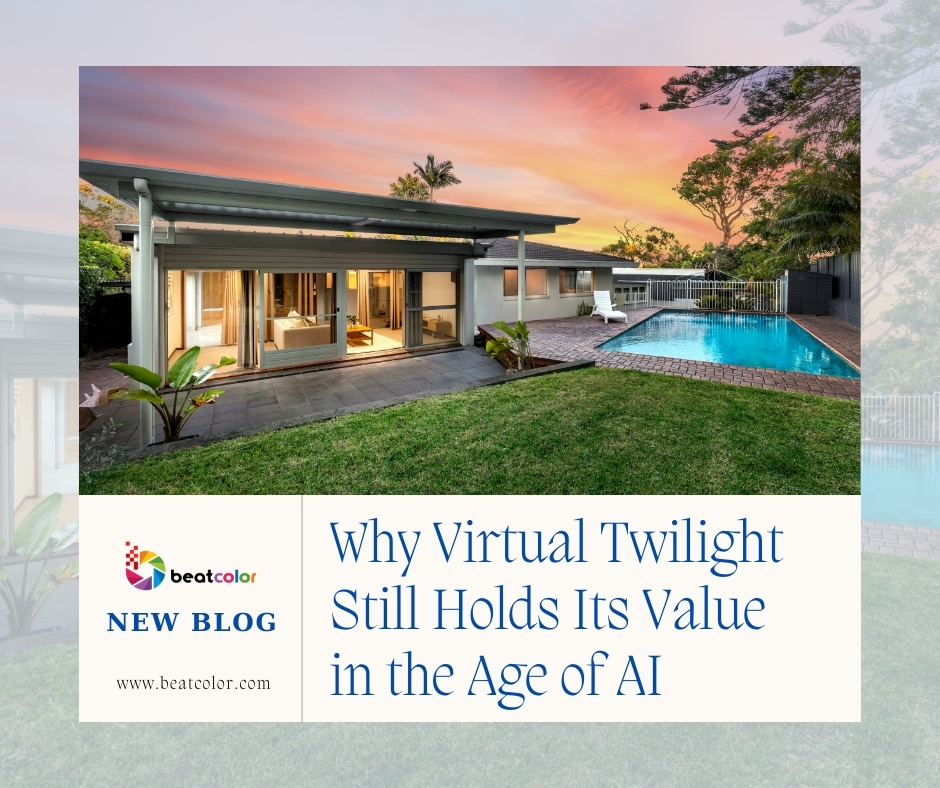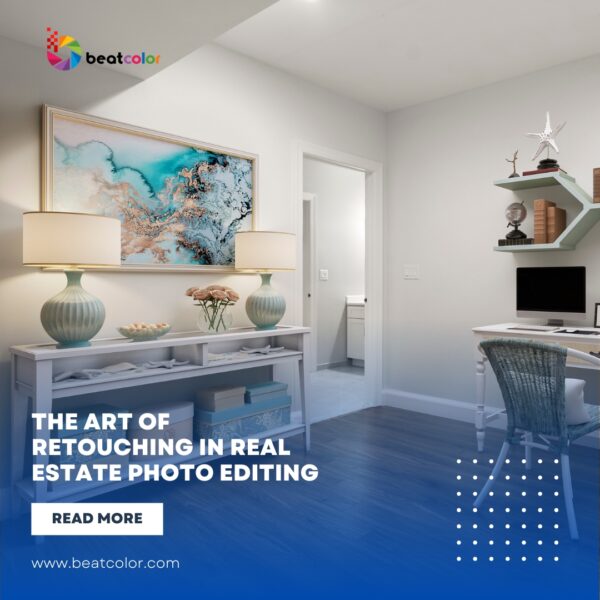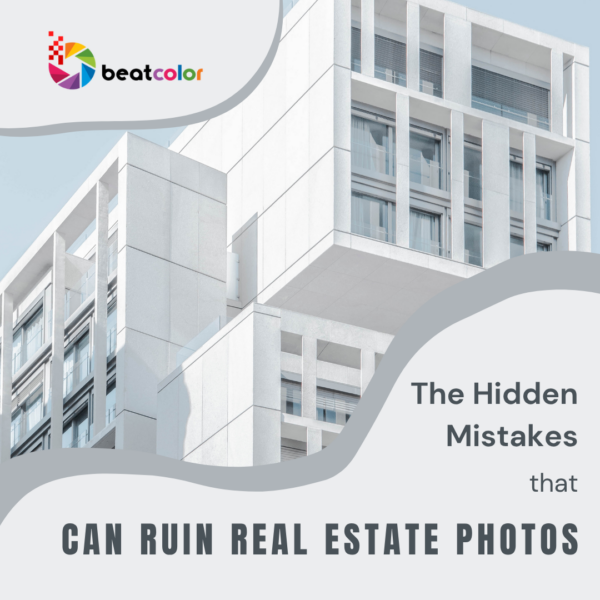Why Virtual Twilight Still Holds Its Value in the Age of AI
Although artificial intelligence has rapidly evolved and taken over many areas of image processing, some services continue to rely heavily on human creativity and expertise. Virtual twilight is one of those exceptions. While AI tools can replace skies, enhance light, or adjust tones, virtual twilight goes far beyond simple manipulation. It is about crafting an atmosphere, building emotion, and creating a sense of warmth and depth that transforms how a property feels.
For this reason, even as AI becomes more capable, virtual twilight remains a service where human editors play a crucial role. Through their ability to read context, interpret architecture, and sense the subtle mood of a space, editors can create twilight images that truly resonate. To understand why AI still falls short, let’s explore the key factors that keep virtual twilight firmly in human hands.
I. Technical Expertise Behind Virtual Twilight
1. Unique Home Architecture
No two homes are the same, which means virtual twilight cannot follow a single universal formula. Editors must observe the architecture and determine which lighting style complements it best. For example:
- Modern homes often work well with cooler light and a soft pastel sky.
- Mediterranean homes typically look better with warm orange or red tones near the horizon.
- Farmhouse-style homes feel most natural with gentle, warm window light and a softer sky.
- Luxury homes usually benefit from a stronger contrast to emphasize their high-end features.

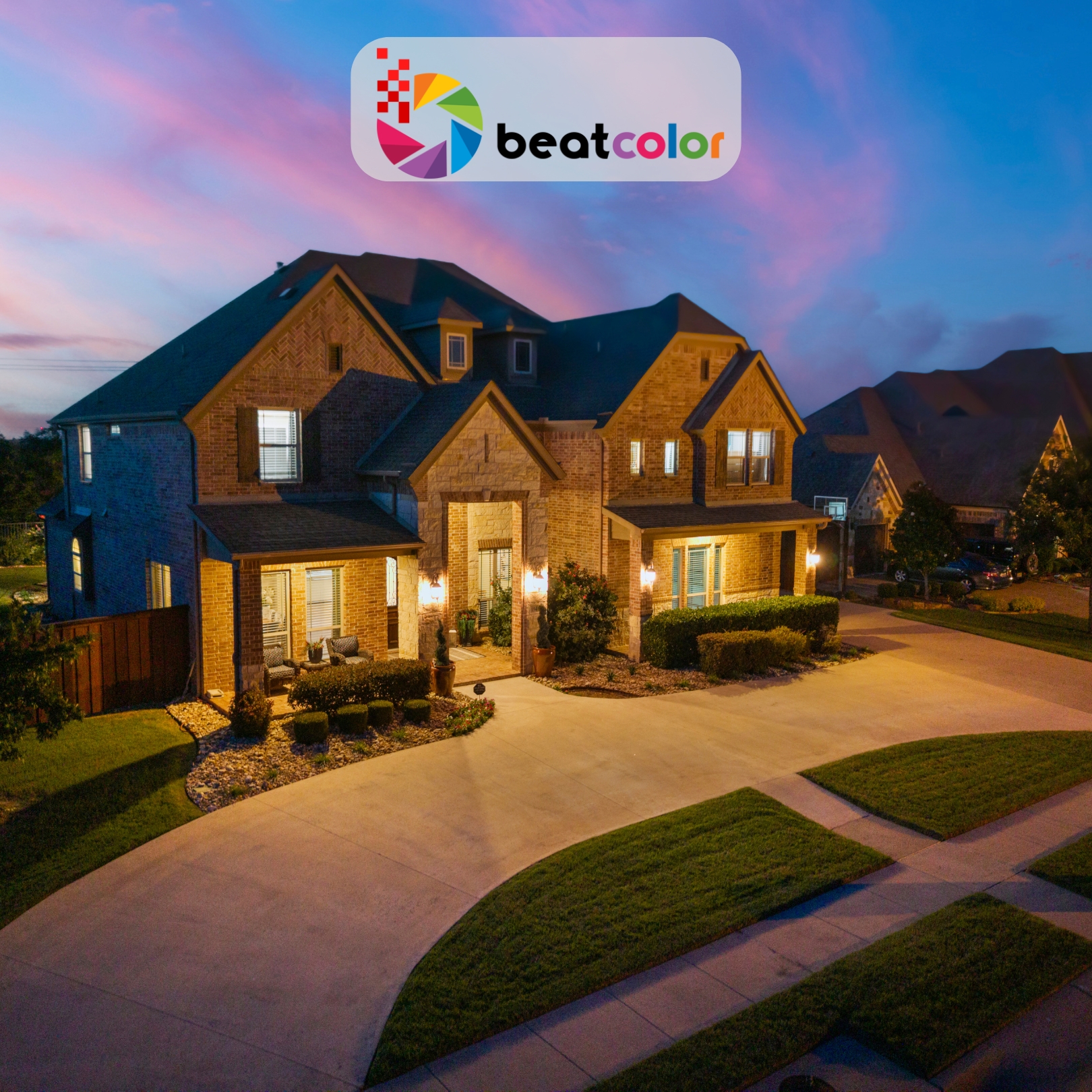
These examples show how closely architecture and twilight tones are connected. AI often fails to recognize these differences, applying the same sky or lighting style across multiple properties, which undermines personalization: a key aspect of high-quality virtual twilight.
2. Virtual Twilight Ensuring Realism
Real estate photography must look both beautiful and believable. AI-generated twilight often suffers from issues such as overly bright windows, skies that don’t align with lighting direction, or inconsistent reflections. Minor inaccuracies can make the image feel unnatural.
Human editors, however, instinctively understand natural lighting logic. They adjust glow intensity, shadow behavior, and color blending to achieve a realistic result. This technical expertise is experiential, developed from working with light, mood, and architectural contexts over time, something AI struggles to replicate.
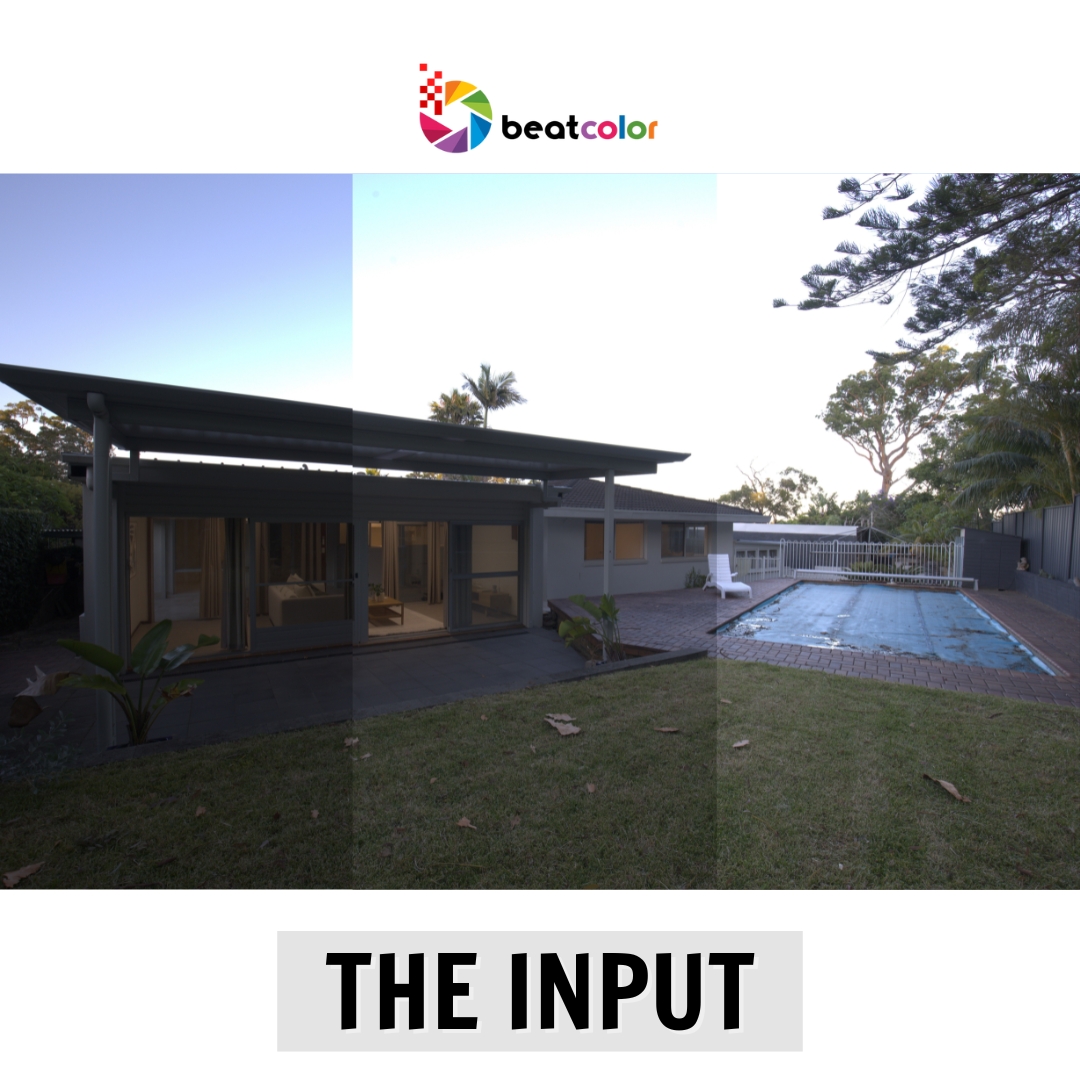


3. Layered Virtual Twilight Editing Techniques
Virtual twilight is not just a series of isolated edits. Each adjustment, like sky replacement, window glow, shadow depth, surface reflection, and ambient balance, interacts with the others. A small misstep can disrupt the overall harmony.
Human editors manage these interdependencies holistically, ensuring that every element contributes to a cohesive final image. This layered approach is what creates the seamless, authentic look that AI often cannot achieve on its own.
II. Emotional and Aesthetic Sensitivity
1. Virtual Twilight with Emotional & Aesthetic Intuition
The most significant aspect that AI cannot replicate is human perception of mood. A twilight image is more than colors or brightness. It’s about how the scene feels. Editors interpret the balance between warm and cool tones, control the glow’s intensity, and apply subtle enhancements to add depth while maintaining naturalism.
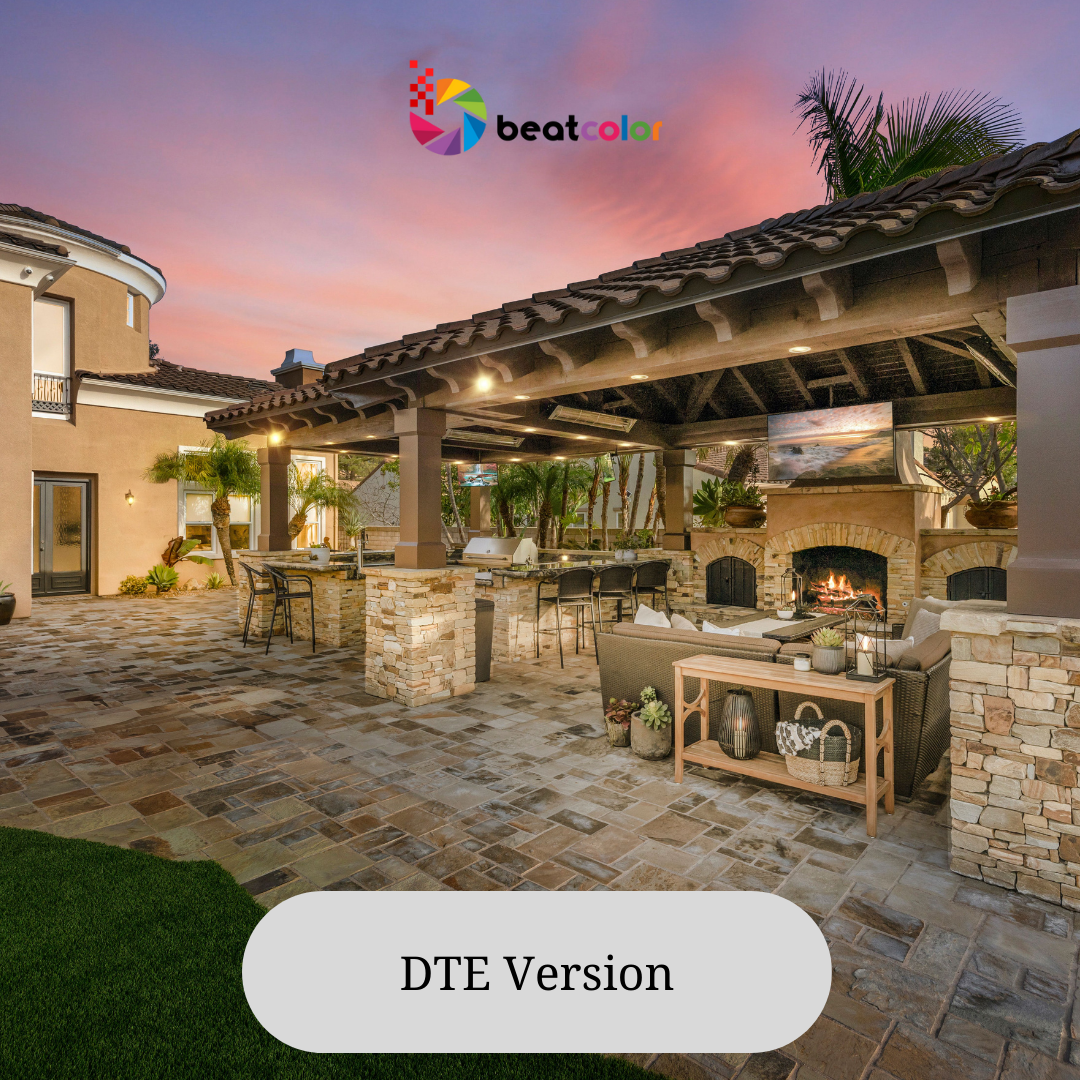
AI can perform technical tasks but lacks emotional awareness. As a result, even advanced AI outputs can feel overly dramatic, flat, or artificial. Human intuition ensures virtual twilight images feel natural, atmospheric, and emotionally engaging.
2. Custom Client Adjustments
Clients often request nuanced adjustments: warmer lighting, less purple sky, true-to-life wall colors, or subtle pool brightness. AI can misinterpret such instructions, applying broad or overly simplified changes. Editors, however, interpret these preferences precisely, refining the image until it aligns perfectly with the client’s vision.

This emotional and aesthetic sensitivity, which is combined with technical skill, ensures that each virtual twilight image is not only realistic but also personalized and visually compelling.
Final thoughts
Despite the rise of artificial intelligence, virtual twilight continues to require human intuition, emotional awareness, and architectural sensitivity. While AI can accelerate certain parts of the process, it still struggles with coherence, realism, and personalized interpretation. Twilight images must feel natural, atmospheric, and tailored to each property; qualities that come from human creativity rather than automated processing.
In the near future, AI may serve as a strong assistant, but it is unlikely to replace the editor’s role entirely. Virtual twilight will remain a space where human skill transforms technical editing into visual storytelling, and that is exactly what makes it valuable.Read more:
A Real Estate Photo Editing Company That Changes How Homes Sell
Luxury Virtual Staging: Redefining Modern Property Marketing
The Power of Consistent Real Estate Photo Editing


